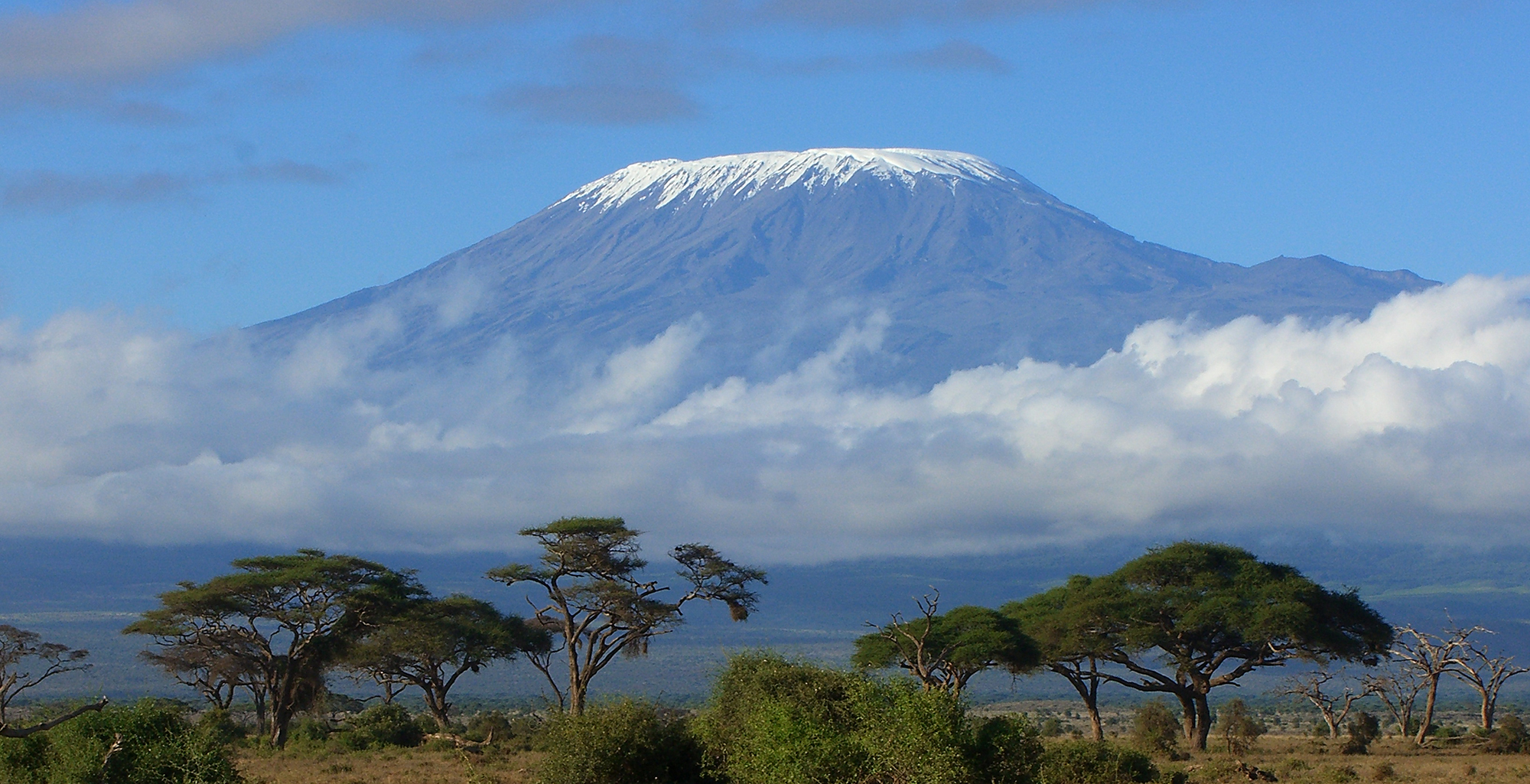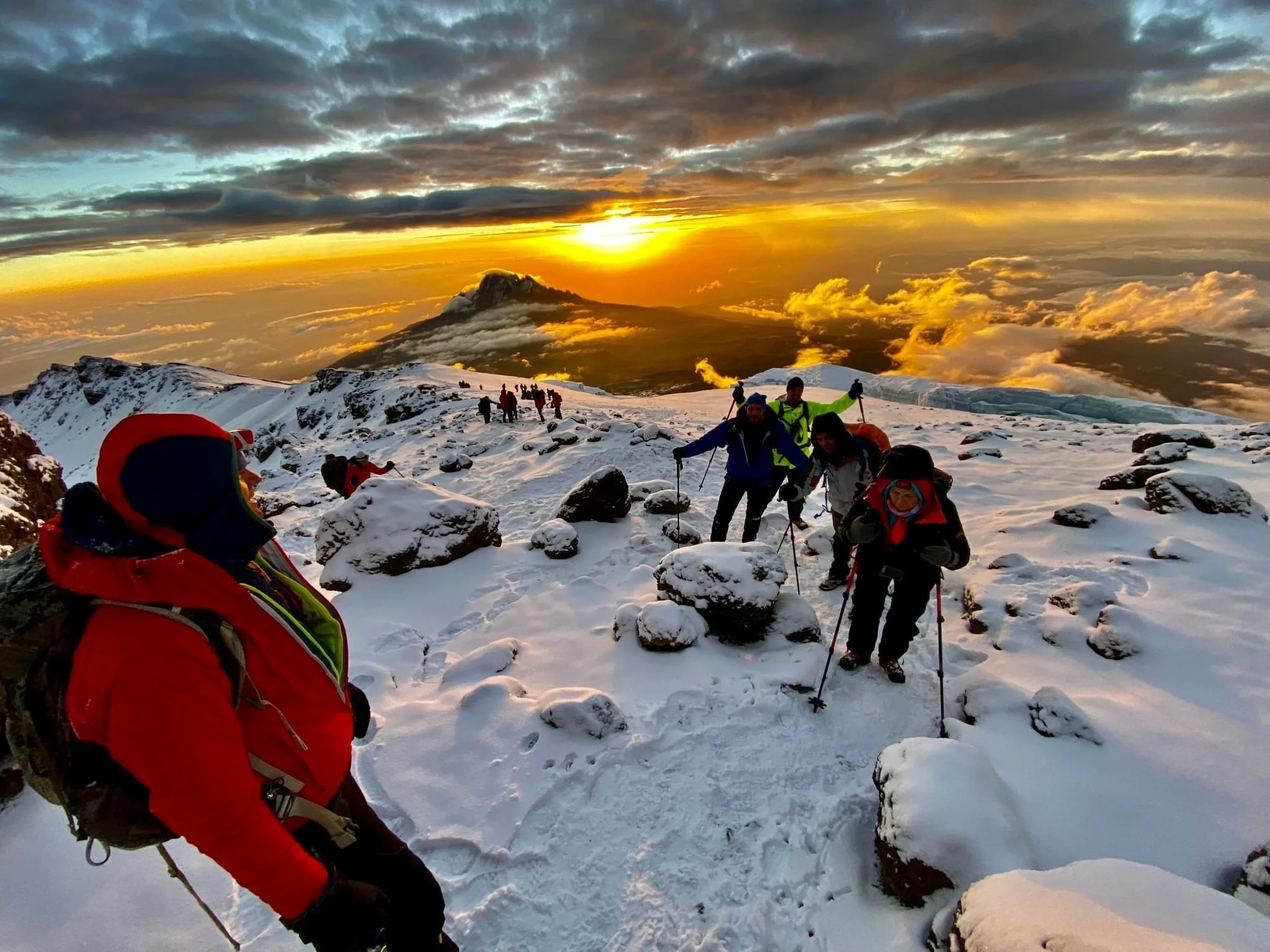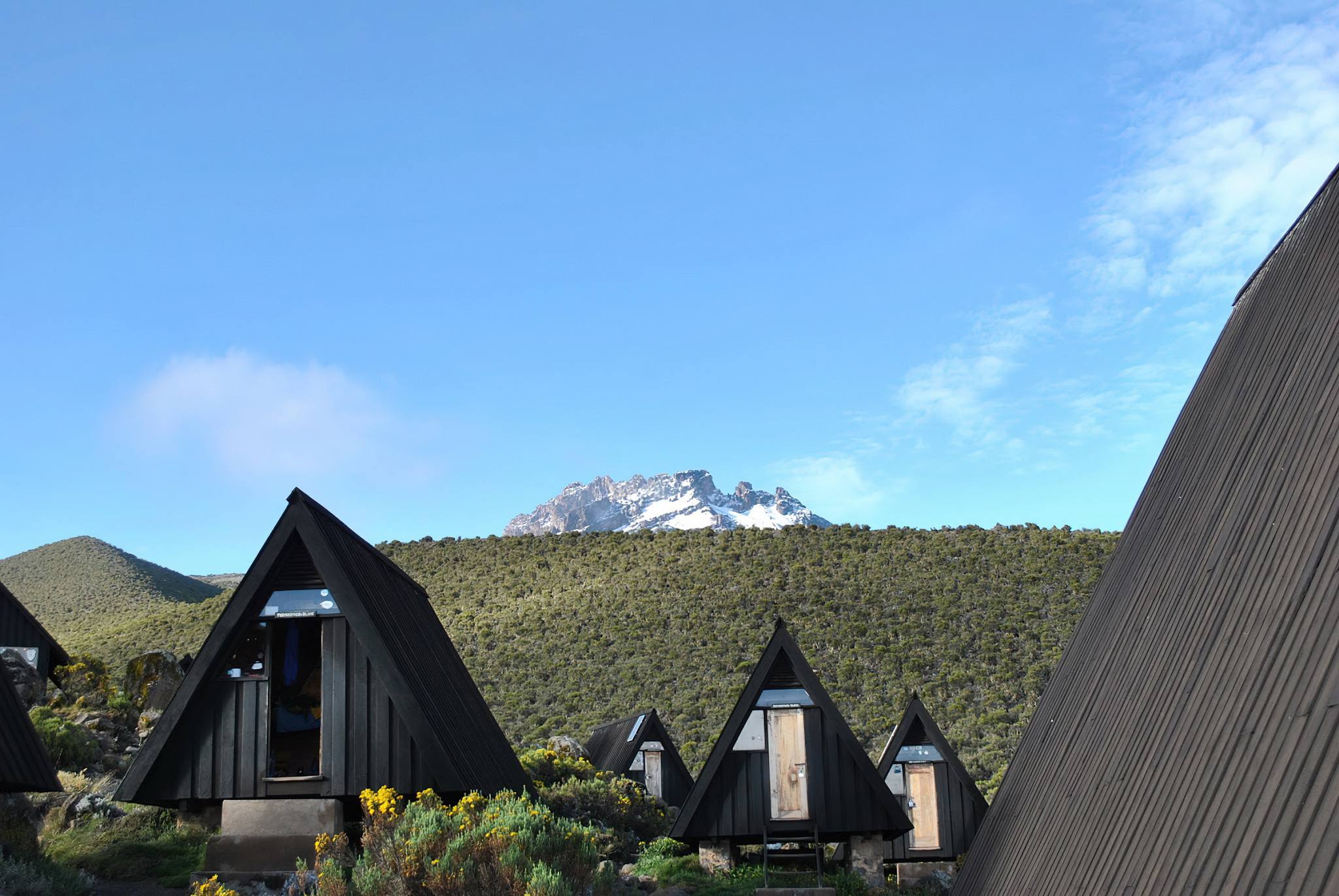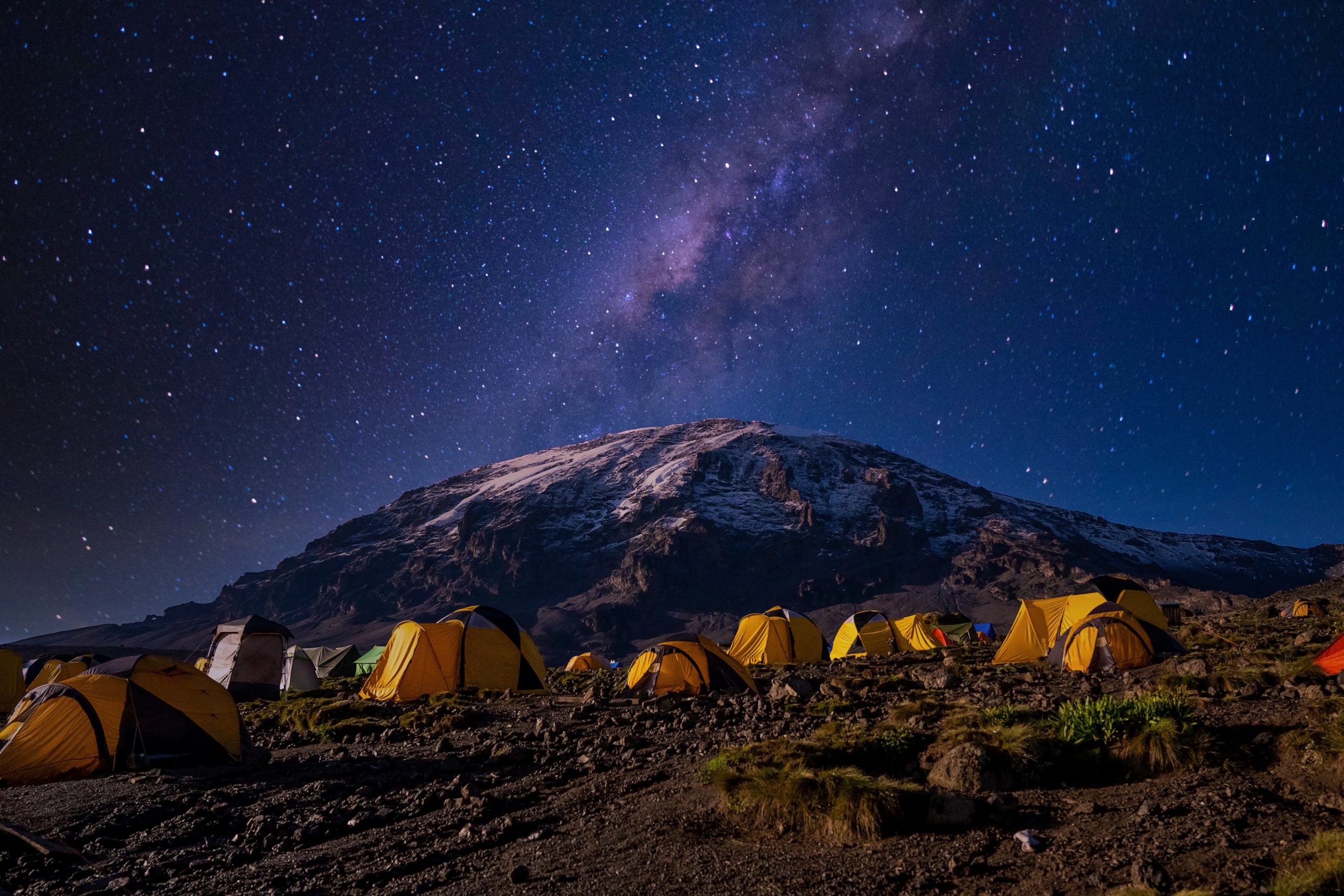
What Is the Best Time to Hike Mount Kilimanjaro: Complete Guides 2025–2026
Discover the best time to hike Mount Kilimanjaro in 2025–2026. Learn everything a beginner should know including weather, routes, difficulty, cost, packing tips, summit preparation
Customer Reviews
4.9
Mount Kilimanjaro Trekking
Climbing Mount Kilimanjaro is one of the most memorable adventures you can experience in Africa. Known as the “Roof of Africa,” it rises to 5,895 meters (19,341 feet) and attracts travelers from around the world who want to challenge themselves, see stunning landscapes, and enjoy unique cultural experiences.
The best months to climb are during the dry seasons, from June to October and January to early March. During these periods, the weather is stable, trails are firm, and visibility is excellent. Choosing the right season increases your chances of success, allows you to witness breathtaking sunrises at the summit, and provides a safer and more comfortable adventure.

What is the Best Time to Climb Mount Kilimanjaro?
Mount Kilimanjaro has two main climbing seasons, both offering distinct advantages for hikers:
Long Dry Season: June–October
This is the most popular season for climbing Kilimanjaro. The weather is generally sunny and dry, with clear skies that provide excellent visibility. Trails are firm, making hiking safer and easier. Nights at higher elevations can be very cold, so proper clothing and sleeping gear are essential.
Short Dry Season: January–Early March
The short dry season offers fewer crowds and warmer temperatures at lower elevations. The scenery is lush and green, especially in the rainforest and moorland zones. Wildlife is active, giving hikers a great chance to spot monkeys, birds, and other animals.
Months to Avoid
The months of April and May, known as the long rainy season, bring heavy rainfall that makes trails slippery and can cause streams to overflow, increasing the risk of accidents. November, the short rainy season, has lighter but unpredictable rain, which can also affect trail conditions and reduce the chances of a successful summit. Climbing during the dry months is much safer, with firmer trails, easier acclimatization, and a higher likelihood of reaching the summit.
What to Expect on Mount Kilimanjaro
Climbing Kilimanjaro is a journey through five distinct climate zones, each with its own landscapes, challenges, and natural beauty:
- Rainforest Zone (800–2,000m) – Lush, warm, and humid. Trails are shaded by tall trees, and wildlife is abundant, including monkeys, exotic birds, and unique plants. This zone provides a gentle introduction to the climb and helps your body adjust to altitude gradually.
- Heath & Moorland Zone (2,000–4,000m) – Cooler and more open, with unique plants like giant lobelias and groundsels. Mist and clouds are common, creating a mystical atmosphere. Pacing and frequent breaks are important to help your body adapt.
- Alpine Desert Zone (4,000–5,000m) – Rocky, dry, and windy. Trails become more challenging and temperatures drop sharply at night. Hikers must take care to conserve energy and dress in layers to stay warm.
- Summit Zone (5,000–5,895m) – Extremely cold, icy, and windy. The final ascent usually begins around midnight to reach Uhuru Peak for sunrise, offering incredible views above the clouds. This is the most demanding part of the climb, but reaching the summit is a life-changing achievement.
Hikes usually last 5–8 hours per day, with scheduled breaks for hydration and acclimatization. Nights are spent in comfortable tents or mountain huts, and meals are provided by the guides to ensure climbers stay energized.
How Hard Is It to Climb Mount Kilimanjaro?
Kilimanjaro is a non-technical climb, meaning you don’t need ropes, crampons, or mountaineering skills. The main challenges are altitude and endurance rather than technical climbing.The summit night is the most physically demanding part. Temperatures can drop below freezing, and oxygen levels are lower at higher elevations.
Altitude sickness is the most common challenge, but it can be managed by:
- Walking slowly (“pole pole”)
- Drinking 3–4 liters of water daily
- Following a gradual ascent schedule with acclimatization days
Routes like Machame, Lemosho, and Rongai are recommended for beginners because they offer longer ascents, which improves acclimatization and increases summit success rates.
Everything a Beginner Should Know Before Climbing
- Use licensed operators: Solo climbs are not allowed; always go with experienced guides.
- Travel insurance is essential, covering high-altitude trekking and emergency evacuation.
- Health preparation: Consult your doctor before climbing, especially if you have heart or respiratory conditions.
- Choose the right route: Longer routes allow better acclimatization.
- Professional support: Guides and porters carry gear, cook meals, and ensure your safety.
How Much Does It Cost to Climb Mount Kilimanjaro?
The cost of climbing Mount Kilimanjaro depends on the route you choose, the duration of your climb, and the level of services included. Budget climbs usually range from $1,800 to $2,200, mid-range climbs cost between $2,500 and $3,500, and luxury climbs can be $4,000 or more. Most packages include park fees,experienced guides, porters, meals, camping gear, and transfers, while flights, tips, travel insurance and personal gear are extra.
What to Pack for Mount Kilimanjaro
When packing for Mount Kilimanjaro, it’s important to bring the right clothes and gear to stay comfortable. Clothing should be layered to handle different temperatures, including base layers, fleece, waterproof jackets, gloves, hats, and warm socks. For footwear, bring sturdy, waterproof hiking boots with ankle support, and make sure they are well broken-in to avoid blisters. Gear should include a daypack, trekking poles, headlamp, sunglasses, sunscreen, water bottles, and a warm sleeping bag. Personal items like toiletries, medicines, wet wipes, snacks, a camera, and chargers are also important. Your porters will carry the heavier items, making the climb easier for you.
Fitness and Training Tips
Even though climbing Mount Kilimanjaro does not require technical skills, preparing your body greatly improves your chances of reaching the summit. You should hike or walk long distances 3–5 times a week, include cardio exercises like running, cycling, or swimming, and strengthen your legs, core, and back muscles. Practicing uphill walking with a backpack can also help your body adjust to carrying weight on the trail. Remember, slow and steady pacing is very important, and mental preparation is just as essential as physical fitness for a successful climb.
Accommodation and Meals on the Mountain
If you take the Marangu Route, you will sleep in simple mountain huts with beds. These huts provide basic shelter from the wind and rain and usually have shared dining and resting areas. They are a great choice for climbers who prefer a roof over their heads instead of sleeping outdoors. The huts are clean and cozy, offering a comfortable resting place after long hiking days.
SIMPLE MOUNTAIN HUTS

On all other routes, you will stay in comfortable camping tents set up by your support team along the trail. The tents are spacious, waterproof, and designed to handle mountain weather. Porters carry and set up the tents each day, so you can focus on enjoying the climb. Sleeping under the stars on the slopes of Kilimanjaro gives a true sense of adventure and connection to nature.

The meals on the mountain are healthy and filling, including soups, vegetables, rice, pasta, proteins, fruits, tea, and coffee. Eating well during the climb is very important because it helps you stay strong, energized, and ready for each day’s challenge.
Travel Preparation: Visa, Insurance, and Vaccinations
Before your Kilimanjaro climb, it’s important to take care of travel requirements and health preparations. Tanzanian visas can be obtained either online or upon arrival, making entry convenient for most travelers. Travel insurance is essential and should cover high-altitude trekking as well as emergency evacuation in case of unexpected situations. Additionally, certain vaccinations are recommended, including yellow fever, hepatitis A and B and typhoid. It’s best to consult your doctor before traveling to ensure you are fully prepared and protected for the journey.
What to Do After Climbing Kilimanjaro
To make your Kilimanjaro adventure truly unforgettable, you can continue your journey with exciting safaris in Serengeti, Tarangire, or Ngorongoro Crater, where you will see Africa’s incredible wildlife up close. After the safari, a relaxing beach holiday in Zanzibar offers the perfect way to unwind, enjoy the sun, and take in the turquoise waters. Combining the climb with a safari and a beach stay creates a complete African adventure, giving you the chance to experience stunning landscapes, fascinating wildlife, and vibrant local culture all in one trip.
Tips for a Successful Climb
- Listen to your guides and follow instructions carefully
- Walk slowly to acclimatize and reduce altitude sickness
- Drink plenty of water and rest frequently
- Dress in layers to adapt to changing temperatures
- Stay positive; mental strength is as important as physical fitness
Climbing Mount Kilimanjaro is a life-changing adventure that combines physical challenge, natural beauty, and cultural experiences. The dry seasons are the best time to climb, but with careful preparation and the support of professional guides, your climb can be safe, enjoyable, and unforgettable.